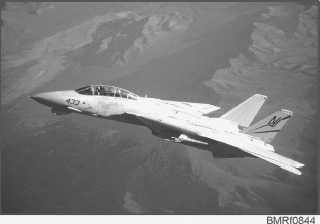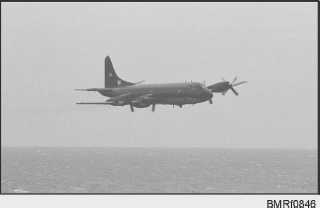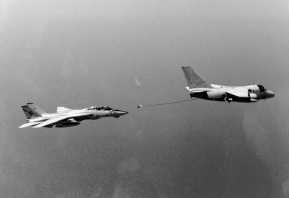surface craft. The S-3 Viking is an example of such an
aircraft.
The Viking (fig. 8-47) is a high-wing, jet-powered,
twin-engine, carrier-based ASW aircraft. It carries
surface and subsurface search equipment with
integrated target-acquisition and sensor-coordinating
systems that collect, interpret, and store ASW sensor
data. It has direct attack capability with a variety of
armaments.
Warning Aircraft
Carrier-based airborne early warning (AEW)
aircraft maintain station at some distance from a task
force to provide early warning of approaching enemy
aircraft and direct interceptors into attack position.
E-2C HAWKEYE.—The E-2C Hawkeye (fig.
8-48) has long-range antennas that are enclosed in a
saucer-shaped, rotating disk atop the fuselage. The
Hawkeye is manned by a crew of five.
ES-3 SHADOW.— The ES-3 Shadow (fig. 8-49) is
a jet aircraft used to collect and disseminate tactical
aircraft resembles the S-3 Viking, with the addition of
numerous antennas and antenna housings. The ES-3
Shadow is a carrier-based, subsonic, all-weather,
long-range, electronic reconnaissance aircraft. It
operates primarily with carrier battle groups providing
indications and warning support to the battle group and
joint theater commanders. It carries an electronic
sensors and communications gear.
C-2A GREYHOUND.— The C-2A Greyhound
(fig. 8-50) is a twin-engine cargo aircraft, designed to
land on aircraft carriers. The C-2A Greyhound provides
logistics support to aircraft carriers. It’s powered by two
PT-6 turboprop engines and can deliver a payload of up
to 10,000 pounds. The cabin can carry cargo,
8-37
Student Notes:
Photograph courtesy of LCDR Mike Harrison
Figure 8-44.—F-14 Tomcat.
Photograph courtesy of Randy Hepp
Figure 8-45.—F/A-18 Hornet.
Photograph courtesy of PH2 Damon J. Mortiz
Figure 8-46.—P-3 Orion.
Photograph courtesy of LCDR Mike Harrison
Figure 8-47.—S-3 Viking refueling an F-14 Tomcat.








